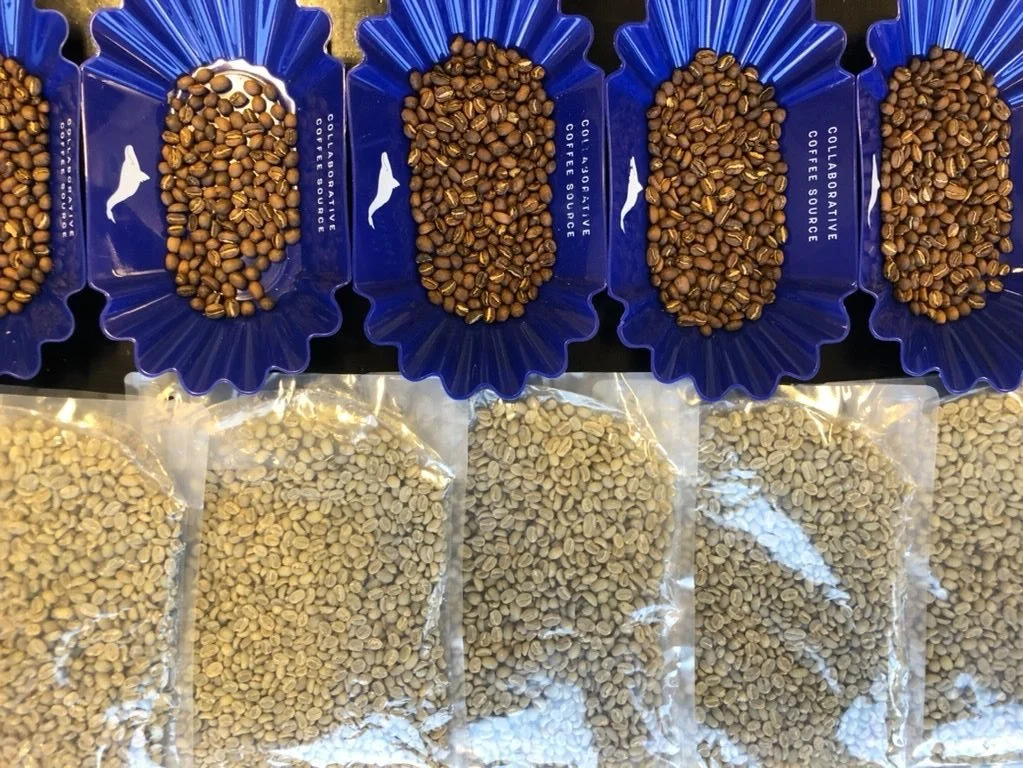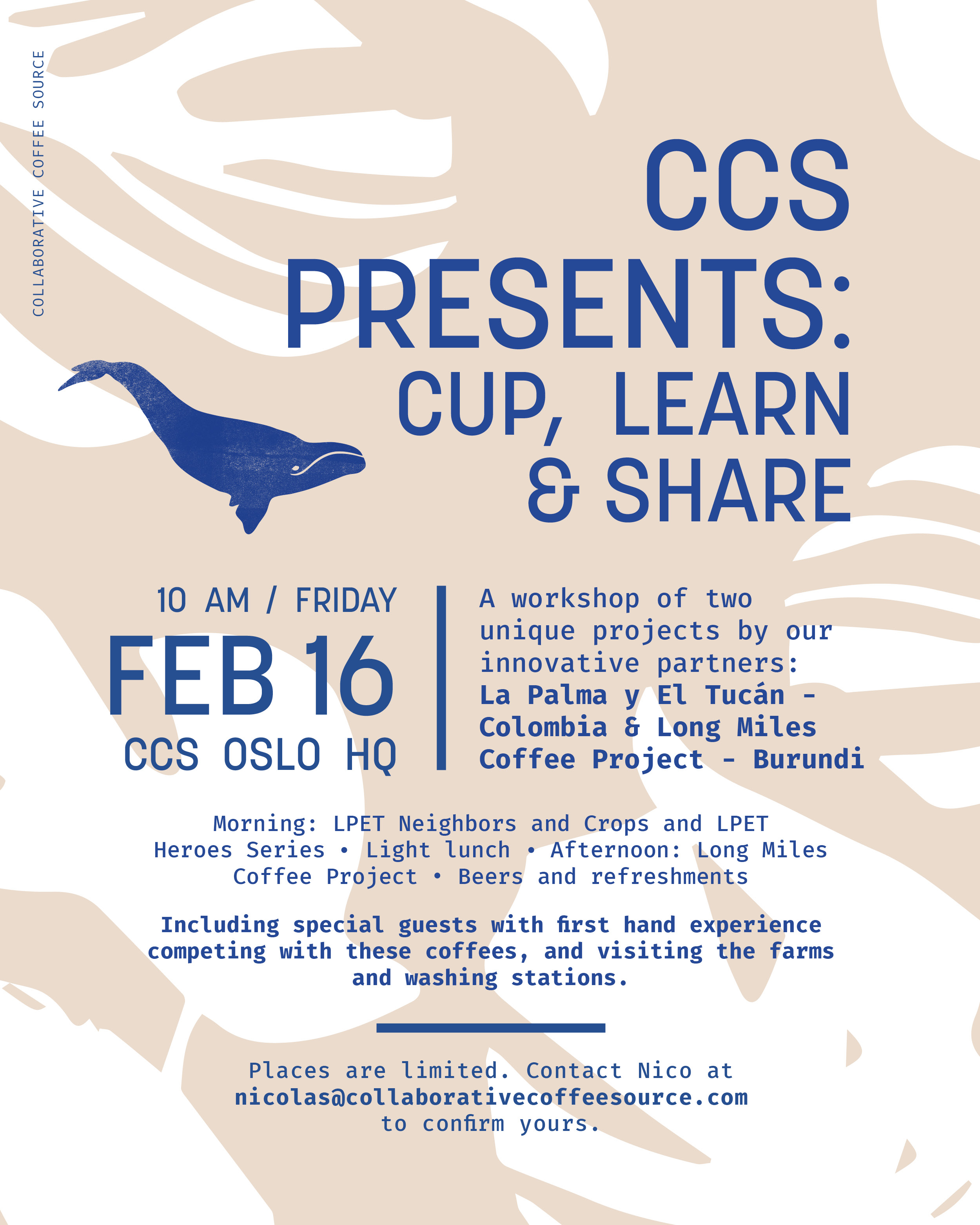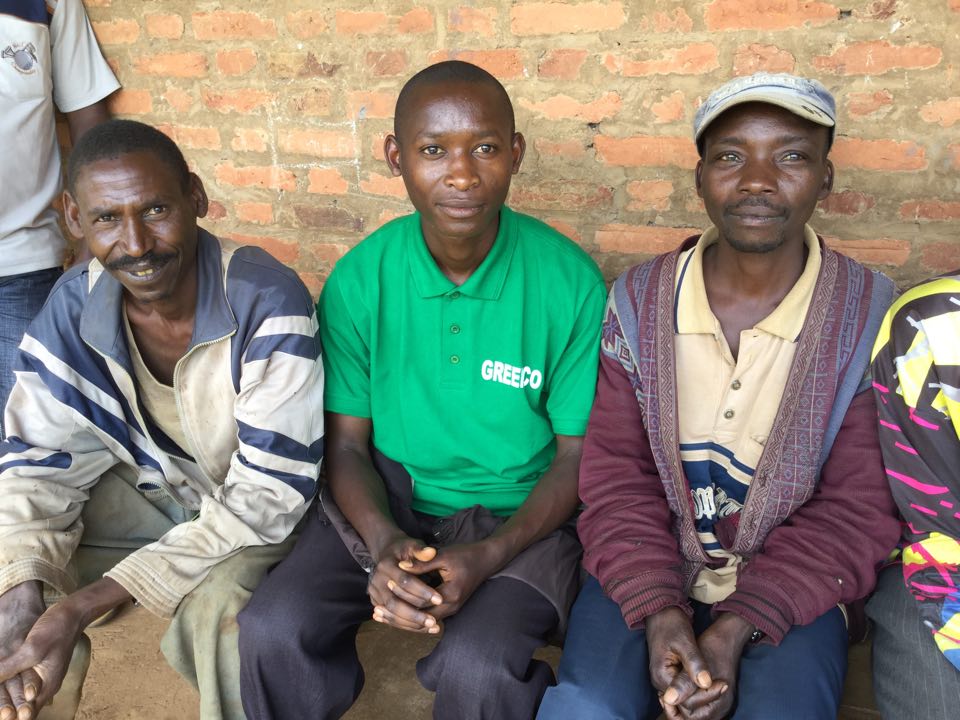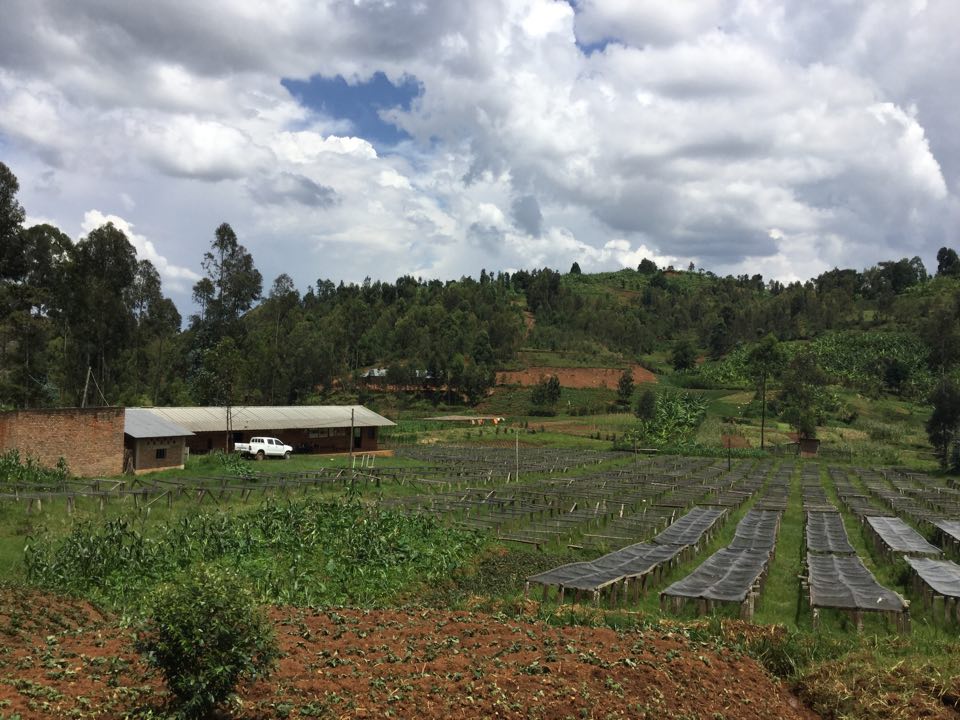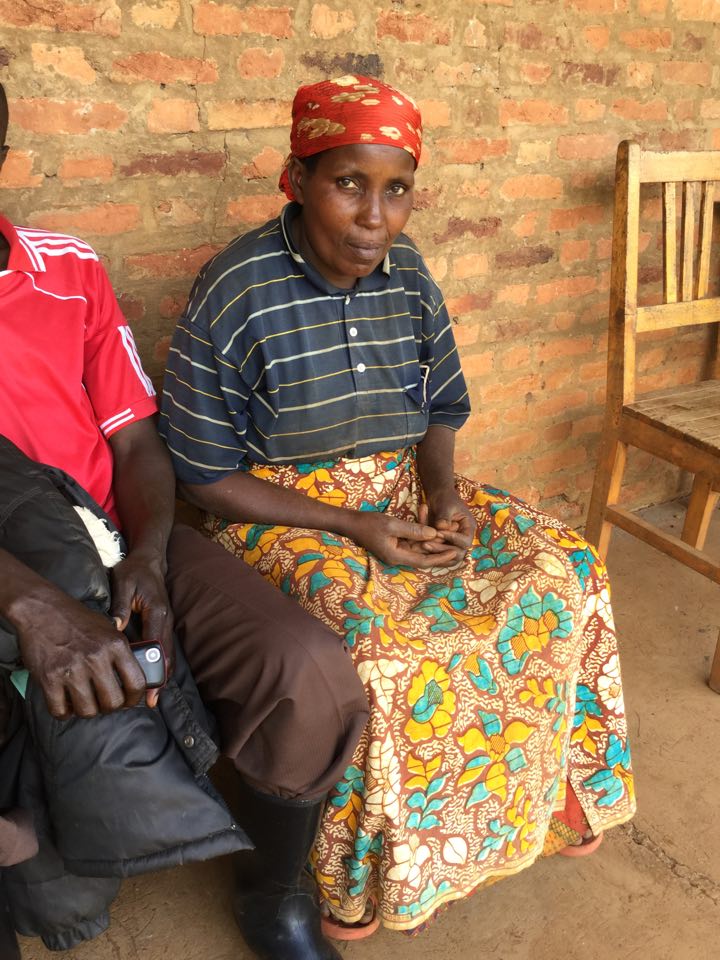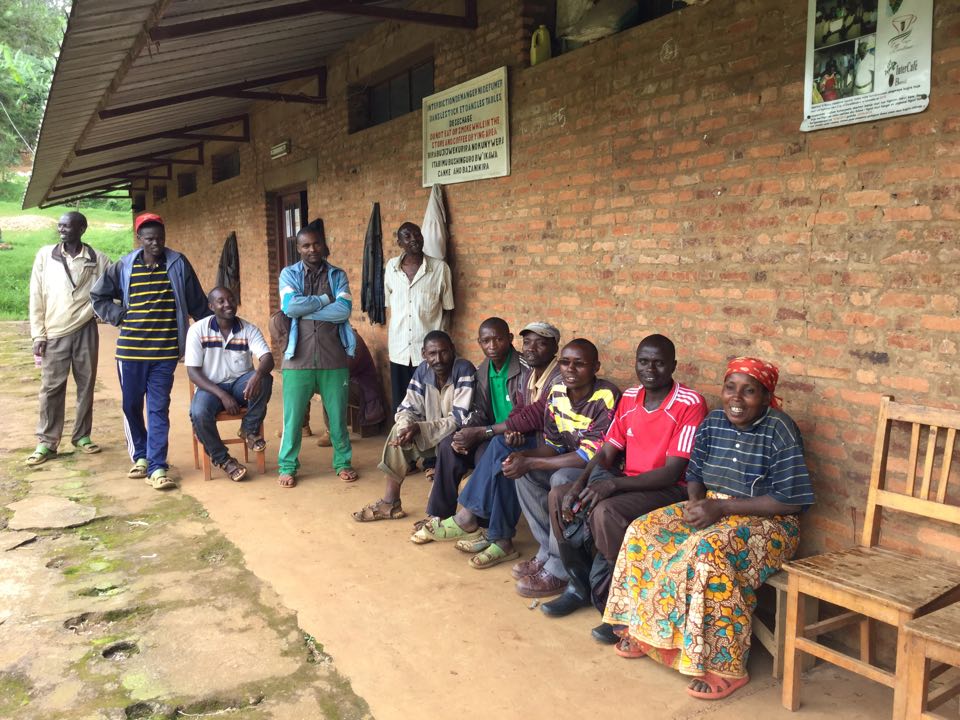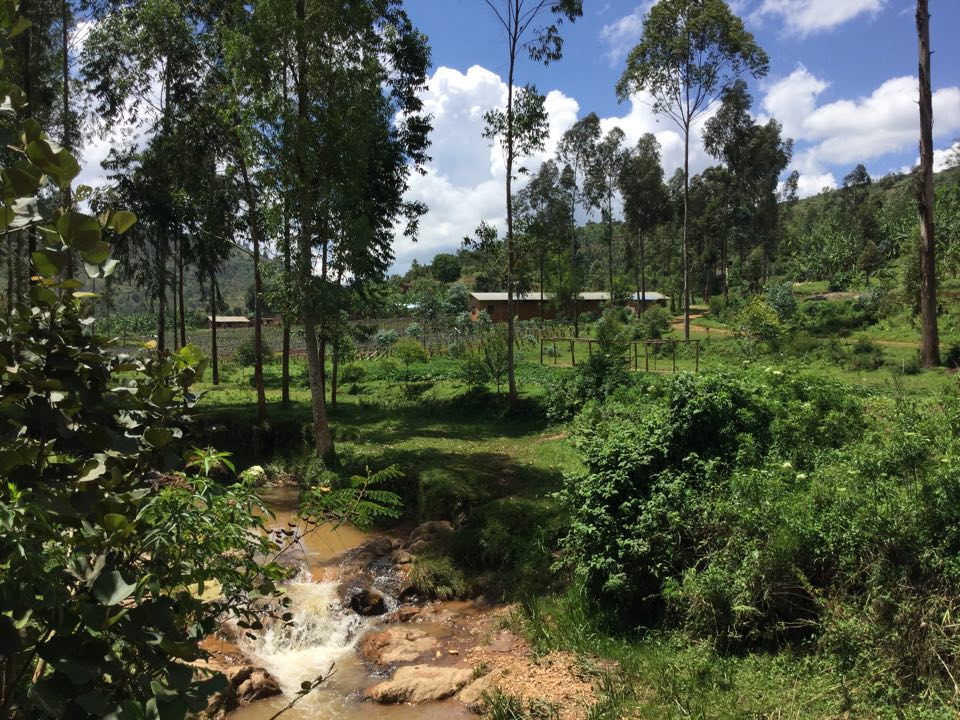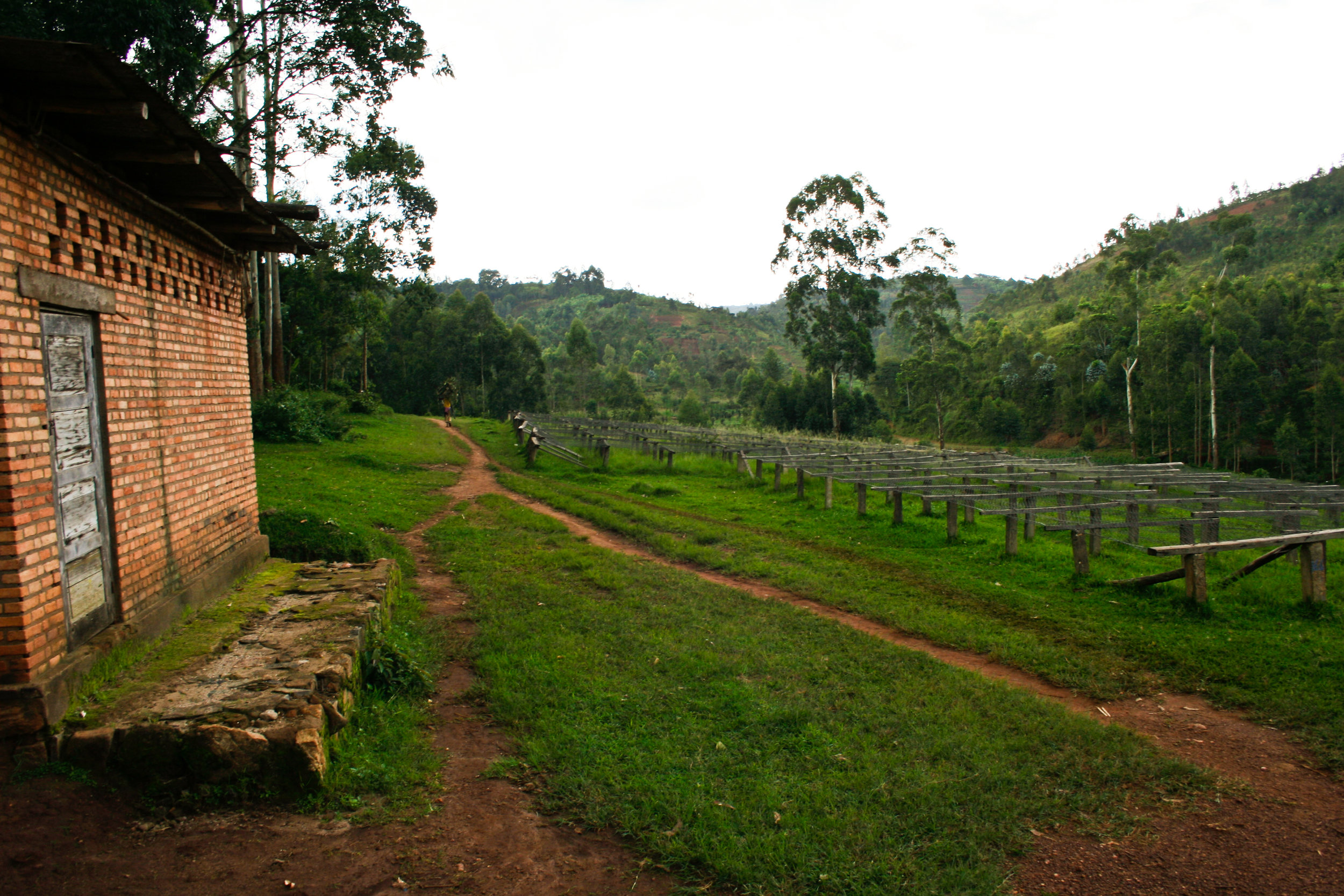Name: Yandaro
Operator: Greenco
Province: Kayanza
Commune: Kabarore
Construction Date: 1986
Processing capacity (mt): >1200
Elevation (masl): 1 774
Variety: Red Bourbon
Soil: Hygro-Xéro-Ferralsols with Ferralic
Number of delivering cherry producers: 441
Average trees per farmer: 519
Processing method: Fully washed
About Yandaro
The Yandaro coffee washing station (CWS) was built in the mid 1980s during a major round of investment made by the World Bank and other partners into Burundi’s coffee. This period saw the construction of +130 state-of-the-art coffee washing facilities all throughout the country. As a result of these investments, Burundi is one of Africa’s best-equipped coffee producing countries making it well positioned to produce high quality coffee.
Yandaro’s merits as a producer of exceptional coffee were highlighted during the 2012 Prestige Cup, Burundi’s pre-cursor to its Cup of Excellence competitions. That year the station won a “Presidential” placing meaning it ended the competition with a 90+ score. The station collects the cherries from surrounding micro plantations, each of which manages no more than 600 coffee plants that are placed under natural shade.
In the cup, this subtle coffee reveals a complex blend of chocolate, brown sugar, yet still maintains a bright acidity and a floral citrus finish; a unique cup indeed.
Background to Greenco
Greenco is a subsidiary of BCC (Bercher Coffee Consulting), a Geneva based company established by François Bercher a few years ago.
Mr. Bercher is passionate about Burundi and its coffee and has gained extensive knowledge about, as well as has forged tight links with many key people working throughout the coffee sector, through his many years working as a coffee trader within the country. Since recently settling in Switzerland and starting his own company, François has continued to regularly source coffee from Burundi. In order to source consistently good coffee, he decided to invest his time and resources in being closer to field (e.g. through managing washing stations). In this way, he is able to have more control and influence over his coffees’ quality. This is especially crucial within an infant specialty coffee market such as Burundi’s.
Formerly being a regular buyer of coffee from Webcor (former management company and owner of Yandaro CWS) and thus knowing Webcor's operations very well, François decided to enter into a partnership with them. He knew from past experience that Webcor had purchased and run some of the best CWSs in Burundi, in part by being the first private company to buy CWSes during the country’s first stage of privatization of its coffee sector. It is therefore not surprising that with François' knowledge of Burundian coffee, his working with the best CWSes in the country, along with his high ambitions, that Greenco has had a very successful first year.
Burundi Coffee: Background context
Burundi is a landlocked country in Central Africa bordered by the Democratic Republic of the Congo, Rwanda and Tanzania. The official languages are Kirundi and French, with pockets of Swahili being spoken mostly in Bujumbura (the capital city), along Lake Tanganyika. Hilly and mountainous, Burundi boasts ideal agroecology for coffee cultivation. The country’s economy is predominantly agricultural with more than 90% of the population dependent on subsistence agriculture. Economic growth depends very heavily on coffee and tea exports, which together account for 90% of foreign exchange earnings.
Coffee growing and production began during Belgian occupation in the early 1930s and from 1980 to 1993, Burundi invested heavily in the coffee subsector with the heavy assistance—both monetary and strategic—of the World Bank, which helped implement an ambitious program of coffee washing station construction and tree planting. During these years, the number of coffee shrubs increased from 90 million to over 220 million and 133 washing stations were built and strategically placed throughout the country. Currently, there are over 160 washing stations in Burundi.
Coffee is Burundi’s biggest export revenue earner, making up as high as 80% of earnings. There are 600 000 families, close to 40% of the population, involved in the coffee subsector. Until 2007, the coffee subsector was controlled by the state, with the result that all facilities (i.e. washing stations and dry mills) and exporting were coordinated by the government. Coffee has historically been of low quality, subsequently receiving low prices dependent on commodities exchange markets. However, in 2006, the government started liberalizing the subsector and began allowing privatization of coffee washing stations (CWS) and dry mills leading to a continuing expansion of producer access into high quality specialty markets.
The hilly topography of Burundi has made for how the country is organized politically and infrastructurally. A colline in Burundi (i.e. hill) is like a borough or rural neighbourhood. Ultimately, a certain number of collines constitute a commune (i.e. county). The farmers that live on one colline are likely to deliver their coffee cherries to the same washing station that is located within accessible distance from their farms. The different lots represent day-lots from these wet mills.
The climate in Burundi is predominantly equatorial, but the many hilly and mountainous regions, where coffee is grown, enjoy a moderate climate. Average temperatures vary from 17 to 23C and there are distinct wet and dry seasons: the dry seasons run from June to August and again from December to January; the wet seasons are February to May and September to November. These factors, combined with the country’s agroecology, combine for an ideal environment for coffee growing. Under these conditions, cherries can undergo ideal development due to stable and the relatively low temperatures on the plains. In addition, the distinct seasons allow for a proper blossoming of the plants and good drying conditions for the coffee beans (seeds). The main flowering period runs from October until November and there are two harvesting periods: the main harvest runs from February to March; the secondary harvest from April until May.

